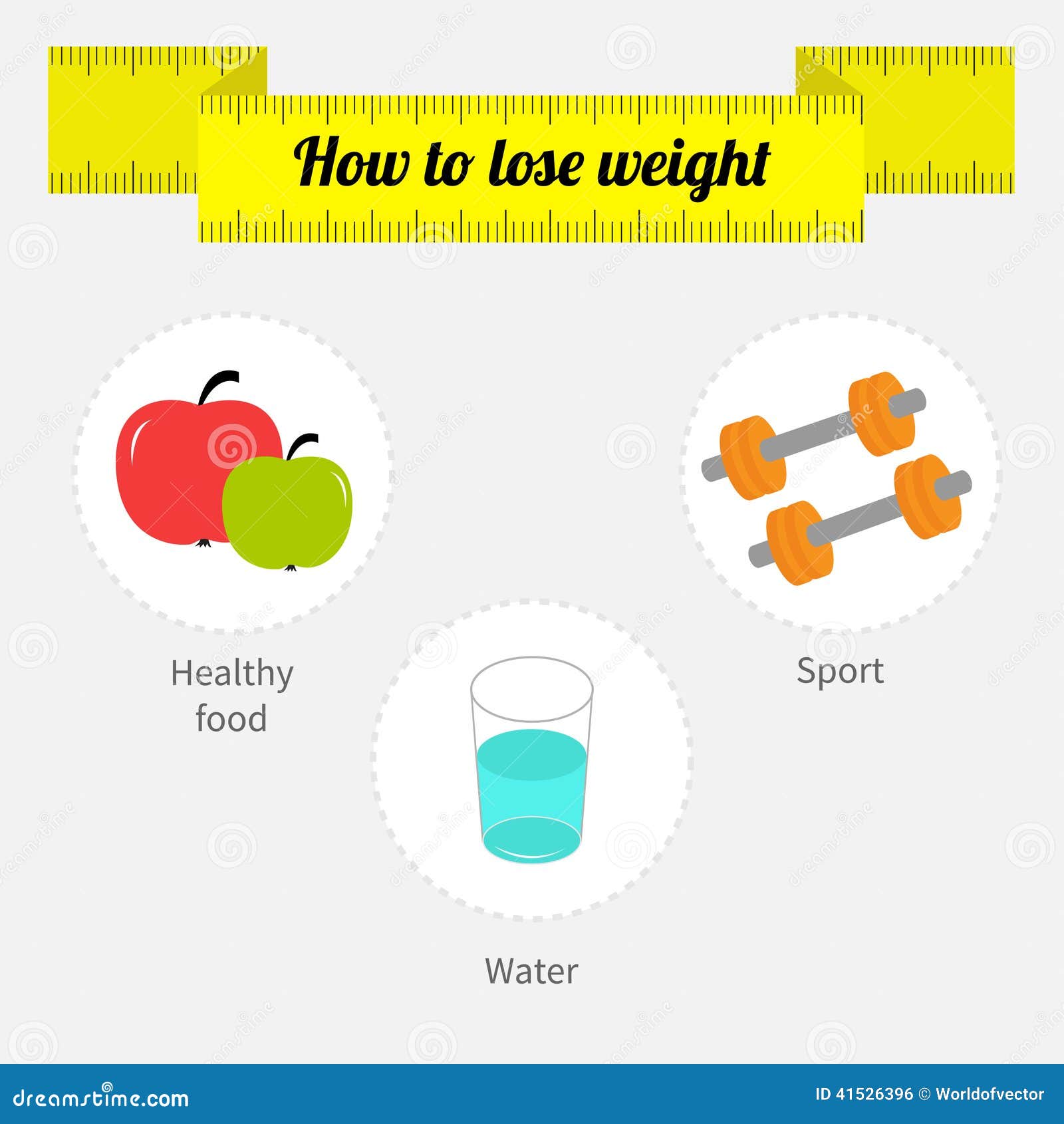Understanding The Benefits Of Cold Laser Therapy For Your Face
Understanding The Benefits Of Cold Laser Therapy For Your Face
Blog Article
What to Expect During a Cold Laser Technique Session
Cold laser therapy is a non-invasive, pain-free treatment that helps in reducing inflammation and enhances cell regeneration. It is a secure option to intrusive procedures and typically has prompt results.
Laser photons launch a chain reaction of chain reactions within the cell that minimize pain, swelling, and increase healing. It increases blood flow to the area by inducing vasodilation.
What to Anticipate
Cold laser therapy is a non-invasive therapy that utilizes low-level laser light to permeate deep right into hurt tissues, activating cell feature on several degrees to promote cells healing. This helps reduce pain and inflammation, while advertising muscle contractions and regrowth.
During a session, you'll sit or relax pleasantly and the professional will note the locations on your body that demand to be treated. The expert after that applies a little handheld tool with the laser to the area. Throughout the treatment, you might really feel a slight prickling or heat in the location of your injury.
Before beginning treatment, it is very important to cleanse the location of your injury and get rid of any type of precious jewelry or other items that can get in the way of the laser's course. It's likewise important to stay clear of any kind of combustible products that could be in the area of the laser beam. This will guarantee your safety and security and the efficiency of the treatment.
Prep work
Cold laser treatment functions by beaming light on the surface of your skin. The light is absorbed by the top layer of your skin and then stimulates the cells to create energy that promotes healing.
During the treatment, you might feel a cozy or prickling feeling in the area that is being treated. This is completely normal, though you should let the expert understand if the feeling is unpleasant or as well strong.
This therapy has a lot of promise for helping patients with traumatic brain injury (TBI). The treatment is non-invasive and doesn't have any type of unfavorable negative effects. However, even more research is required to figure out the optimum therapy procedure. The most effective method to discover if you are a candidate for this type of treatment is to consult with a trained physiotherapist. They will have the ability to help you establish if cold laser therapy is right for you.
The Treatment
Once the expert has appropriately placed you for treatment, they will then put the cool laser tool on the damaged area. They may maintain it on for 30 seconds or longer, relying on the dimension of the injury and its sensitivity. They will certainly utilize protective goggles to guarantee that the laser does not directly hit the eyes, and they will certainly ensure that you are protected from any kind of glare that could take place.
You might feel a mild prickling feeling on the area that is being dealt with, however it will not be unpleasant or painful. This is a sign that the laser is working to stimulate the recovery process in the affected cells.
A lot of clients experience discomfort relief within a couple of sessions, with some seeing enduring results also after several months of therapies. It is important to keep in mind that LLLT is not meant as a single treatment for any type of chronic discomfort condition and it must be coupled with other therapeutic methods in order to achieve maximum results.
Post-Treatment
After you rest or rest, the practitioner will certainly make use of a wand with a collection of light-emitting diodes to target your pain website. You will use protective eye safety glasses, and the laser may be held on your skin for 30 to 60 seconds. You might feel a mild, relaxing sensation during the therapy.
The photons from the laser penetrate deep right into your cells, triggering a recovery response on a low light laser therapy cellular degree. Unlike other types of laser therapy, this low-intensity method does not produce warmth.
Some studies have actually shown that chilly laser treatment works in treating a variety of conditions, consisting of persistent pain and wounds. Nevertheless, it is much less widely accepted as a common clinical technique, and it isn't covered by lots of medical insurance plans. Furthermore, it is not recommended to be utilized over any type of dubious cancerous sores or cancers or on expecting females. You should always speak with your oncologist prior to pursuing this type of treatment.